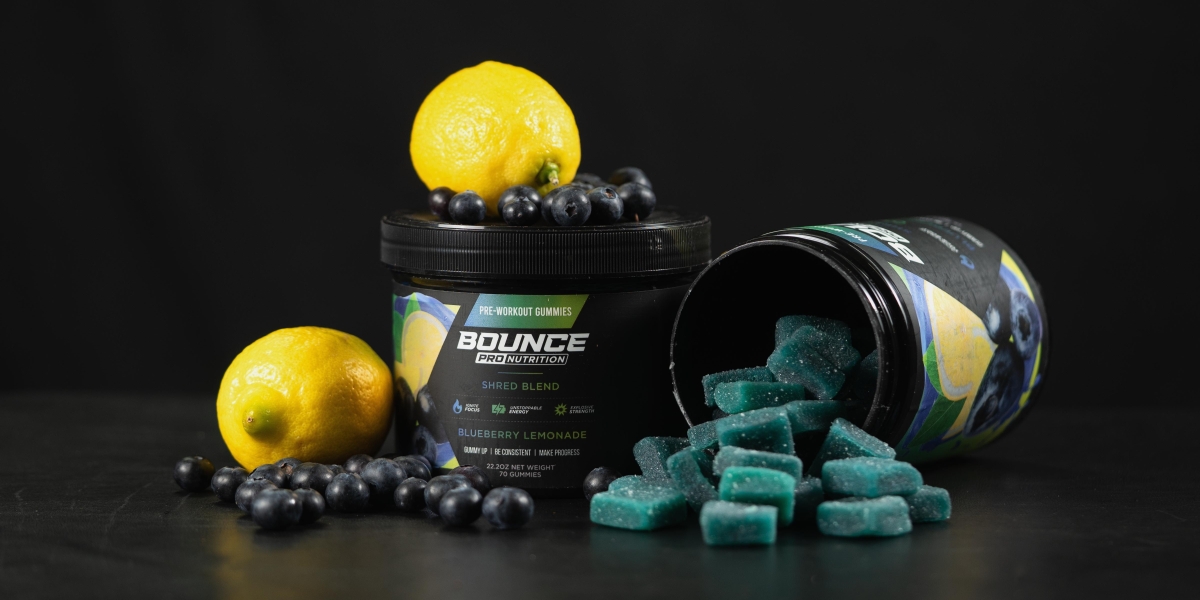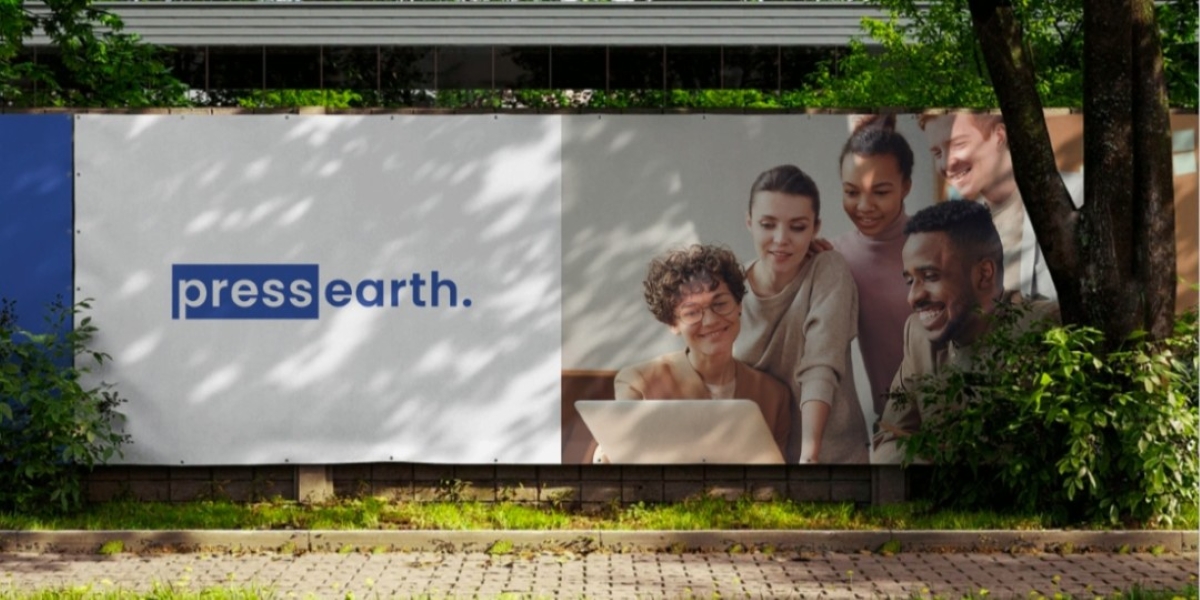Each spring, thousands of people have their hands in the dirt and the sun on their backs with the goal of getting just a little closer to nature. Ironically, there’s almost nothing natural about typical garden plots. Those orderly lines of nonnative plants require intensive labor, costly intervention, and harmful chemicals just to survive the summer.
“Traditional gardening is a struggle because people are fighting nature,” says Justin West, CEO of Thrive Lot. “In the place of tilled up soil and rows of crops, you could have a thriving habitat of fruit bushes, leafy herbs, flowering vines, root vegetables, edible mushrooms, butterflies, bees, and birds.”
Thrive Lot is revolutionizing traditional gardening
Traditional gardens are propped up by poisonous fertilizers, pesticides, and herbicides, but there is a better way. Indigenous knowledge concerning the biodiversity of an area’s native plants and animals can breathe new life into tired garden projects.
Fortunately, the secrets to naturally thriving gardens have been safeguarded and handed down from generation to generation. Rows of nonnative plants are a struggle to maintain because they form unnatural ecosystems. Thrive Lot combines the diversity of an area’s native plants and animals to build the habitats nature intended.
“When most people design a garden, they make the mistake of basing the ecosystem on the fruits and vegetables they find in the grocery store,” explains West. “At Thrive Lot, we combine native plants to create edible landscapes and forest gardens.”
Eliminating chemical fertilizers, herbicides, and pesticides from gardening
Typical gardeners encounter the same problems farmers have when growing large quantities of one crop year after year. The soil’s nutrients are depleted and must be replenished with chemical fertilizers. As these fertilizers make their way into fruits and vegetables, they harm both humans and the planet.
Traditional gardens are also magnets for plant-gobbling insects and weeds. Nature fills niches. When gardeners produce a large quantity of a certain food, another plant or animal is bound to multiply and fill that niche. In response, typical gardeners douse their fruits and vegetables with poisonous pesticides and herbicides.
On the other hand, Thrive Lot uses agroecological principles to nourish healthy soil and maintain balance in the way nature would. Native plants and animals thrive harmoniously and efficiently without the need for chemicals.
“Our projects use native plants and a higher diversity of species, meaning they have more color, texture, and food for pollinators,” says West. “The right plant is always in the right place to feed and protect its plant neighbors.”
Traditional gardens vs. food forests
A traditional garden—with its tidy rows of identical plants staked up or caged in bare soil—looks nothing like a food forest. Instead of staying inside the lines, food forests are wild, beautiful, and brimming with life on every level. Fruit trees produce in the shady canopy and smaller nut trees below. Berry bushes drape themselves over a carpet of herbs, leafy greens, and perineal vegetables. Fruiting vines climb the trees while edible roots grow beneath the soil.
Forest gardens are natural ecosystems and remarkably easy to maintain. A ground cover of edible plants even keeps weeds at bay.
Though these gardens appear revolutionary, they have been around for quite some time. Often, native plants almost beg to be used.
“I live on a hillside in Tennessee that is covered in chickweed and purple deadnettle,” says West. “Indigenous people have been cultivating these and many other edible herbs for thousands of years. There’s food all around us, but we have irradiated it with chemicals and technology. Our mission is to connect gardeners with the people who have the indigenous knowledge to restore each area’s native ecosystems.”
Every project at Thrive Lot starts with an in-person site assessment. “Our ecologists specialize in the area where you live,” West remarks. “They assess your yard’s soil, sunlight, existing plant life, climate patterns, and wildlife patterns. “This information, together with your vision, helps us tailor the optimal garden for your yard.”When West started Thrive Lot, he worried sustainable gardening would be a tough sell for traditional gardeners. He has since found no shortage of people eager to transform their labor-intensive and costly yards into biodiverse plant and animal habitats. Readers can find more information about food forests and edible landscapes by visiting Thrive Lot’s website and Facebook page.





